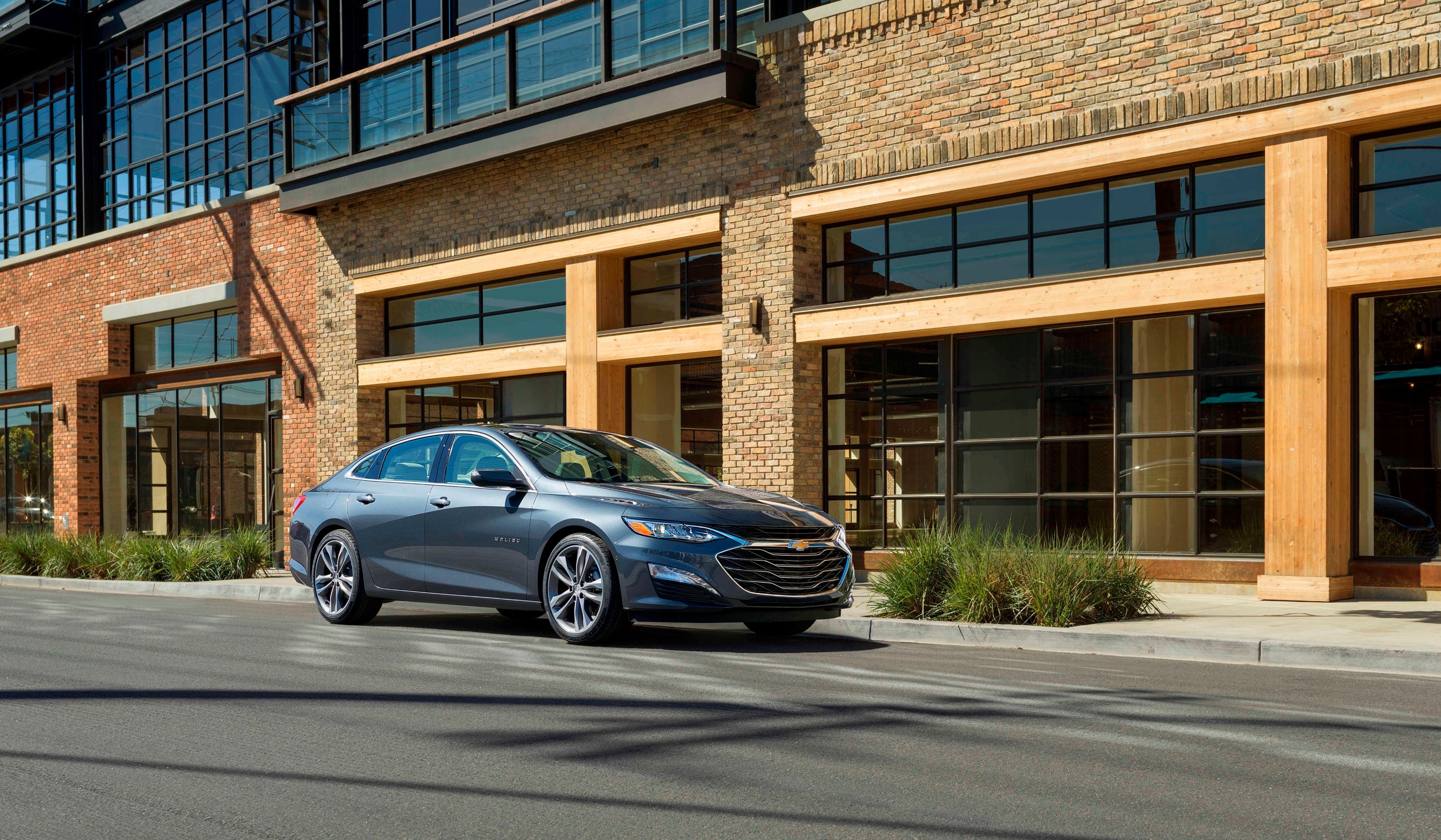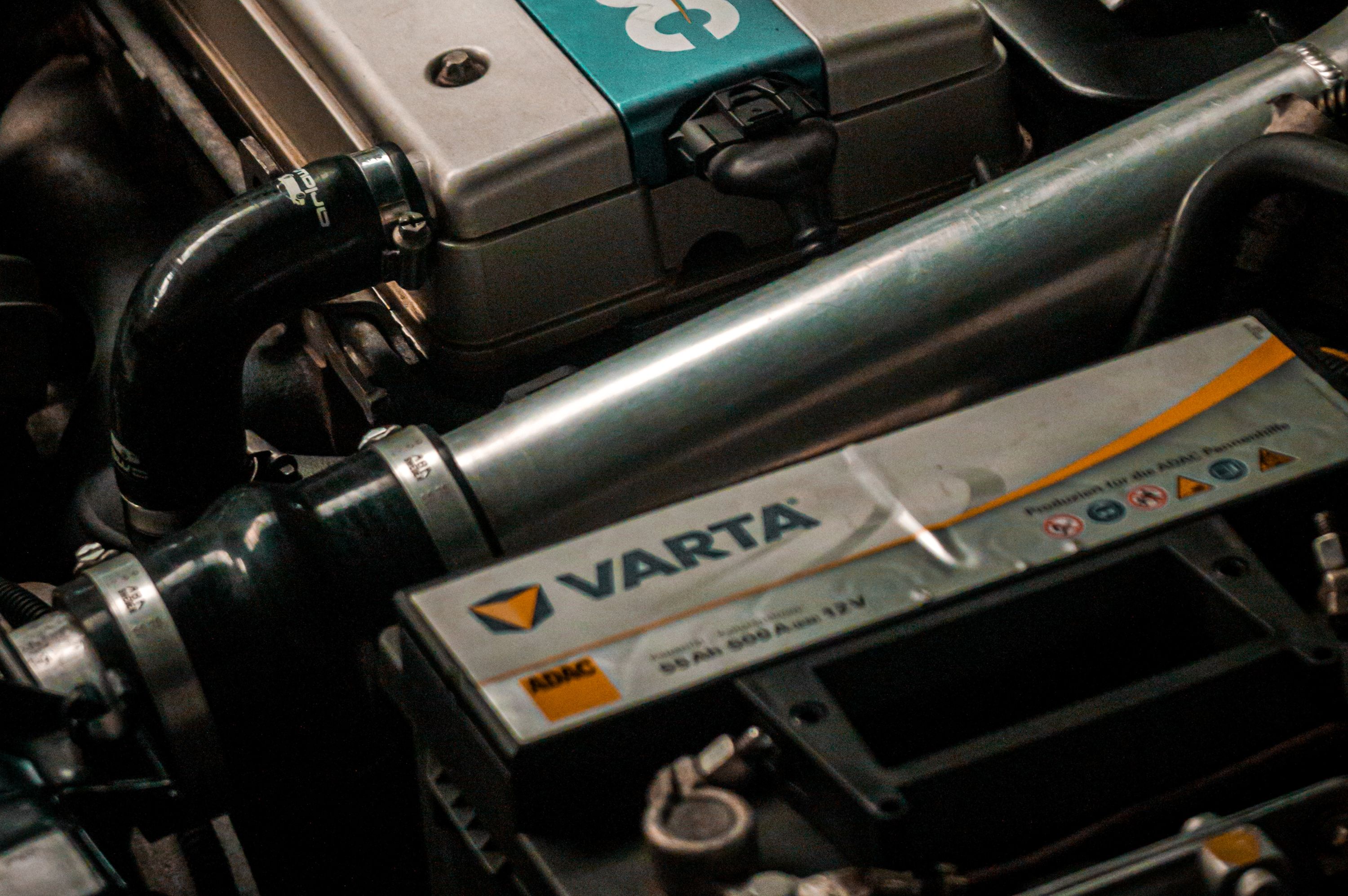
The battery is one of the most essential components of your automobile, and thus knowing how to keep your car battery from dying in cold weather is important. The chemical reactions that keep an automotive battery functioning don't handle cold temperatures well, but there are a number of tips you can follow to protect its health. There are many effective tools for sale at local stores and online, or you could go the DIY route by using household items while following the advice of online blogs or tutorial videos.
How does a Car Battery Work?
Knowing exactly how the internals work may help you to understand how cold weather can affect a car battery. While this discussion doesn't focus on the battery packs in hybrid and all-electric cars, the premise is the same: icy temperatures aren't ideal for a battery. Standard car batteries generally function through lead-acid chemical reactions. Lead plates submerged in sulphuric acid generate ions, hydrogen, and lead sulphate. The electrons produced this way supply the power for your engine starter, headlights, and onboard devices. What makes these batteries so useful is that the aforementioned process is reversible, and energy developed by the alternator is redirected to the device to maintain the chemical balance and keep it alive for great lengths of time. The voltage capacity for most regular new batteries is typically around 12 volts.
1. Types of Car Batteries
Automotive technology has progressed over the years, to the point where we now have a choice between different types of batteries for cars:
- Regular batteries: Whether you have a sedan or a truck, and the battery is for your Chevrolet Malibu or Ford F-150, a wet cell battery in some form or another is commonly used to start the engine and power the onboard electronics. These fall into a variety of categories, including standard lead-acid, calcium, deep cycle, EFB, and AGM. The first three function as mentioned above, though the deep cycle variant offers less initial power and better sustained output. EFBs (enhanced flooded batteries) add a polyester scrim to help stabilize the chemical reaction and extend the life of the device. An AGM (absorbent glass mat) battery is a further enhancement of the standard method of construction. As the name suggests, it adds a glass fiber separator, which creates a larger surface area for chemical reaction. This, in turn, improves output, while the airtight nature of the battery eliminates water loss over the lifespan.
- Hybrid batteries: Hybrid vehicles usually include standard batteries alongside their high-voltage power pack, separating the load between running the onboard electrics and the motors that power the wheels. Sometimes this battery is a little smaller than normal, but otherwise, not any different. The secondary, or traction battery, in hybridized cars is a different kettle of fish altogether, however, and is actually comprised of several cells, not just one unit. It can be recharged by regenerative braking, the engine running, or by plugging in to a charger in the case of PHEV vehicles.
2. Choosing the Correct Battery for Your Car
With multiple options available, you may be wondering which is the correct choice for your vehicle. As a general rule, a cheap run-of-the-mill car will be fine with an SLI. These have been used for decades now, and recent enhancements have helped to make them practically hassle-free. However, if your car has slightly more advanced needs, you may need to consider an alternative. Engines that feature a stop-start function generally require at least an EFB. Since they have higher outputs, they are also preferred on vehicles with more demanding components. The high-performance AGM options are required for the most advanced cars on the market. With far more power production capacity, they are able to run a number of high-spec systems without the risk of failure, and their extremely low-maintenance and long lifespan only add to their desirability.
In most circumstances, you should not run into compatibility issues when using a higher-level battery regardless of the vehicle you own. However, utilizing anything less than the recommended device is not advisable, or even possible in some cases.
3. Is Your Car Battery Dying When it’s Cold? Here’s why
Heat excites atoms, which, in turn, speeds up chemical reactions. However, the opposite is also true. In particularly low temperatures, this can have a detrimental effect. The reason why car batteries die in the cold is because they cannot initiate the reaction that produces electricity to start the engine. This is usually only a problem in older devices or those that have been damaged and, therefore, have reduced energy generation capability and overall battery capacity. When in pristine condition, a battery should be able to supply sufficient power even at -58°F, but if the overall charge of the battery is weak, even between 20 and 30 °F is enough to cause it to freeze. Thus, it is clear that temperature does affect battery life and we advise you to ensure you keep your battery charged at all times and take note of the tips listed below.
What You can Do to Avoid a Dead Car Battery in Cold Weather
Luckily, there are a number of ways to keep your car battery charged in winter and reduce the possibility of issues. Here is a quick breakdown of the ways to avoid car battery problems in cold weather:
- Drive - Charging a car battery by driving is one of the simplest ways to maintain capacity. So, assuming you aren't already dealing with an engine that won't start, you should take every opportunity to go for a drive from time to time. This helps to retain the charge of the battery, which means it should have less trouble initiating a start in low temperatures. If the battery is dead, you need to drive for at least 30 - 60 minutes after having jump-started it.
- Wait to turn on accessories - Once the vehicle has been started, give it a few minutes to warm up and start charging the battery before turning on the headlights, radio, or other onboard systems. If the charge is already low, the immense drain might cause it to fail completely.
- Parking - When not in use, your car should always be parked in a garage or a similarly warm place. Leaving your car outside in cold weather is a huge no-no, as this is simply asking for trouble. If you intend to store it for a prolonged period, you may need to consider how often you should start your car to maintain the battery's life. Once a week should suffice. If you don't have a garage, you can compromise by removing the battery and storing it inside your house when not using your vehicle.
- Keep your battery warm - If you choose to leave your battery in your car, you may want to consider a car battery thermal wrap. This keeps the block insulated and can prevent freezing. Alternatively, you could use a thermal blanket for your car, which will cover everything, instead.
- Check the car battery - You need not take your vehicle to an auto shop to test your car battery health. A multimeter, which will cost you around $200, will allow you to do it yourself in the comfort of your home. This is also a good time to clean the car battery terminals of corrosion, which can negatively affect the life of the device.
- Keep the battery charged - If your car is left idle, and you don't have the opportunity to drive it occasionally, then you can recharge a car battery with a charger. This is safest done in a garage, since the process releases a noxious gas. A portable charger is also helpful to bring batteries back to life if they fail when you're out and about.
What to Do if You Have a Frozen Battery
The first thing to do is determine if it is, in fact, frozen. If the liquid inside is still fluid, the battery may simply be drained. If that is not the case, though, you should plug in the car to activate the block heater, assuming it is equipped with such. If this is not sufficient enough to get the job done, you can either tow the car to a heated garage or remove the battery and store it somewhere warm to thaw. Once you are satisfied that it has properly defrosted, you will need to charge the battery. If you don't have a charger, you could jump start the car and take it for a long, uninterrupted drive, to recharge the cells. However, keep in mind that anytime a battery freezes, its overall lifespan and charge capacity are severely reduced.


